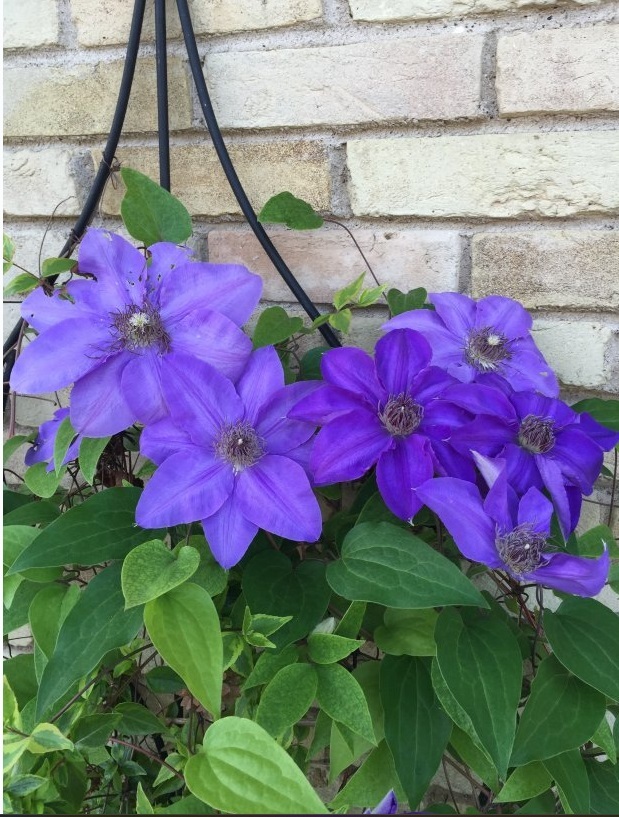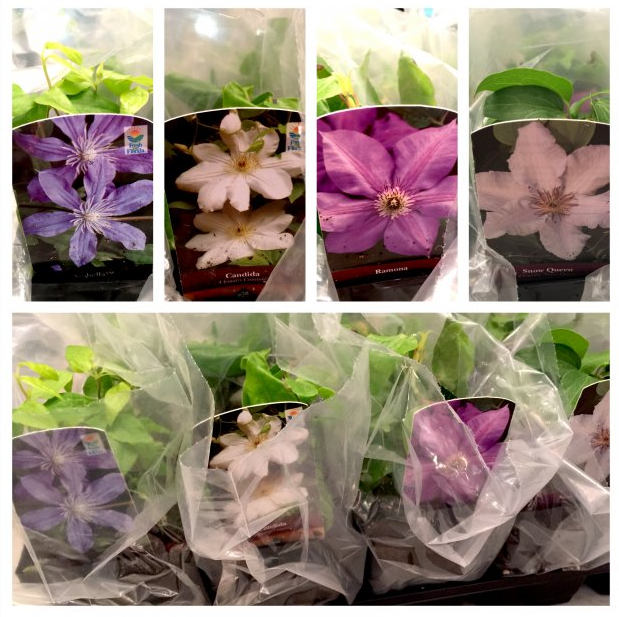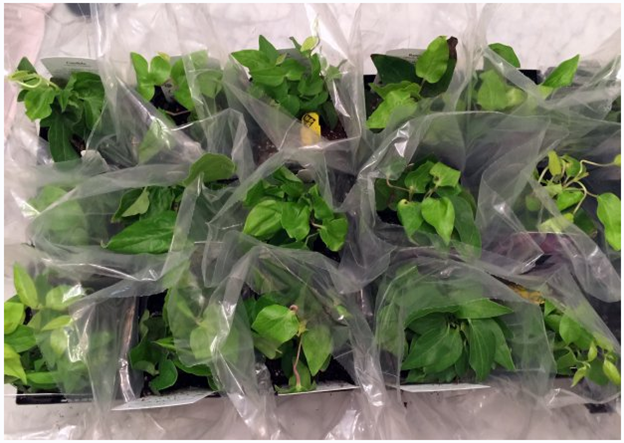Growing Amazing Clematis Varieties in Hot Climates
September 10, 2016
Grow Clematis in Texas
UPDATED 2024
If you garden in a hot climate, like I do here in Texas, you've probably been waiting for those temperatures to start cooling off! When they do start to cool, like they are now in mid-September, that's your signal that it's fall planting time! Just about everything prefers to be planted in fall here in Texas. But if you love Clematis vines, like I do, your plants will have a much easier time getting established if you plant them September through October, than if you wait until spring.
While fall is the very best time to plant perennials, shrubs and trees in Texas. But, unfortunately, garden center inventories don't always offer the plants you're looking for, or the quantities you need. Why? Well, most homeowners still don't realize fall is a superior time to plant, so they just don't buy as much during the fall season. That means garden centers are wary of bringing in the kind of inventory they need to. It's a bit of a chicken and egg situation.

Clematis 'Ramona'
PC: Leslie F. Halleck
On this delivery, I scored Arabella, Clematis candida, Ramona and Snow Queen. I'm already drooling!!
That means you may need to turn to mail order companies to find what you're looking for, like I just did for some particular Clematis varieties I was seeking. Most garden centers only bring in a limited stock of Clematis in spring, and none in fall. So I was really please to find a beautiful selection available at Buy Clematis Direct (don't appear to be in business anymore so you'll have to hunt around!) They even have some of the blue bush-like 'Arabella' Clematis that have been on my garden list for a while.
The condition in which mail order plants arrive can vary. So I was particularly impressed with the expert packaging on these plants, even with a double stack of flats in the box. Each plant was protected in plastic and paper wrap and hard dividers kept plant from being crushed. The plants are fresh and healthy.

Clematis order
PC: Leslie F. Halleck

Clematis unboxing
PC: Leslie F. Halleck
How and Where to Plant Clematis
Plant clematis vines in areas where the top of the plant will have sun for a good part of the day, but the root zone will be shaded by other shrubs or perennials. It's not a bad thing if clematis get a bit of afternoon shade in the heat of summer. Clematis vines are good for planting on small trellises, obelisks, mailboxes or other fixtures. They are not heavy or destructive, so don't worry about them damaging the support structure.
Clematis may remain partially evergreen in our winter climate, or they may die down do the ground with hard winter snaps. New growth will emerge the following spring. What the vines don't tolerate well is wet, soggy roots during the winter when soil temperatures are colder.
If you're going to mail order for fall planting here in Texas, you'd better do it quick, as many of these companies are in more northern locations; that means they'll run out of inventory sooner or stop shipping due to colder temperatures in their area.

